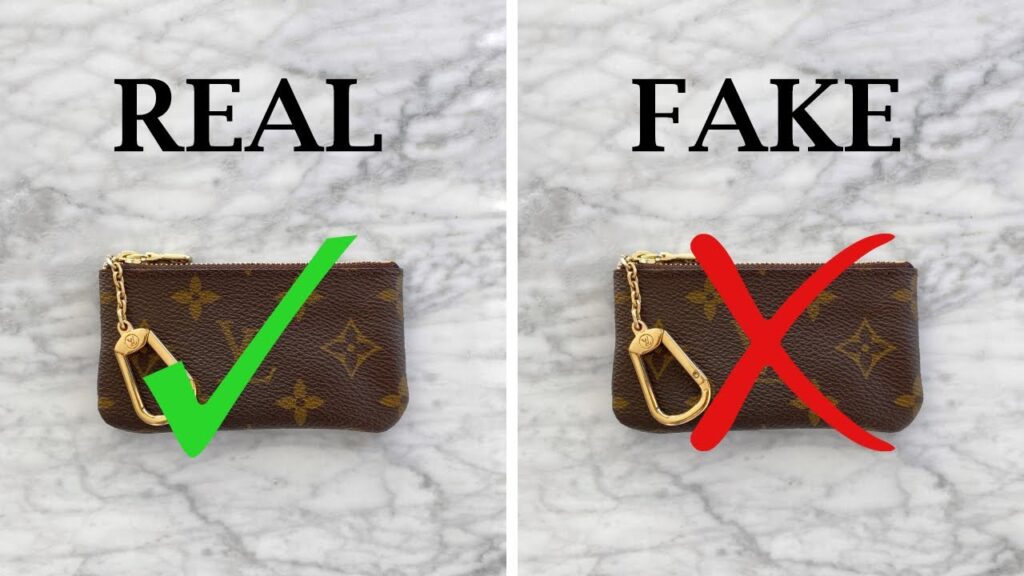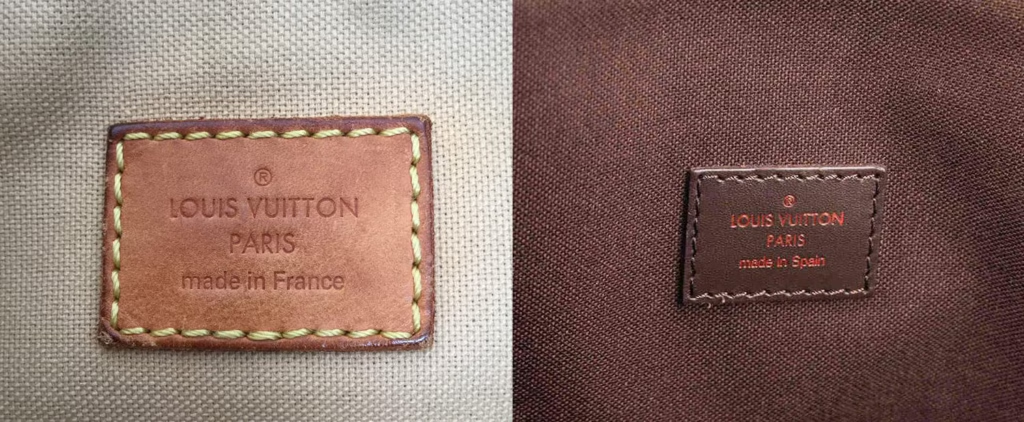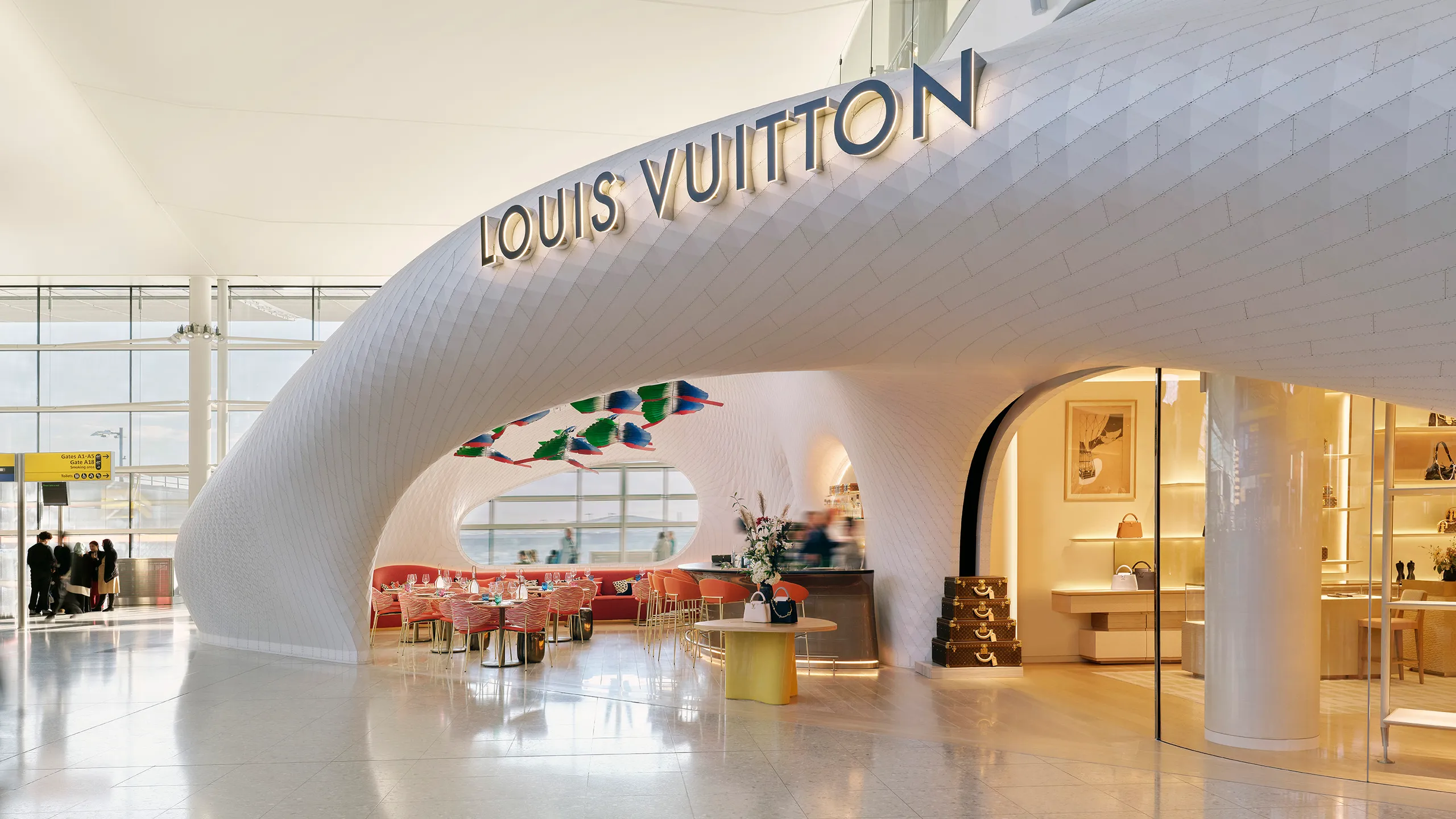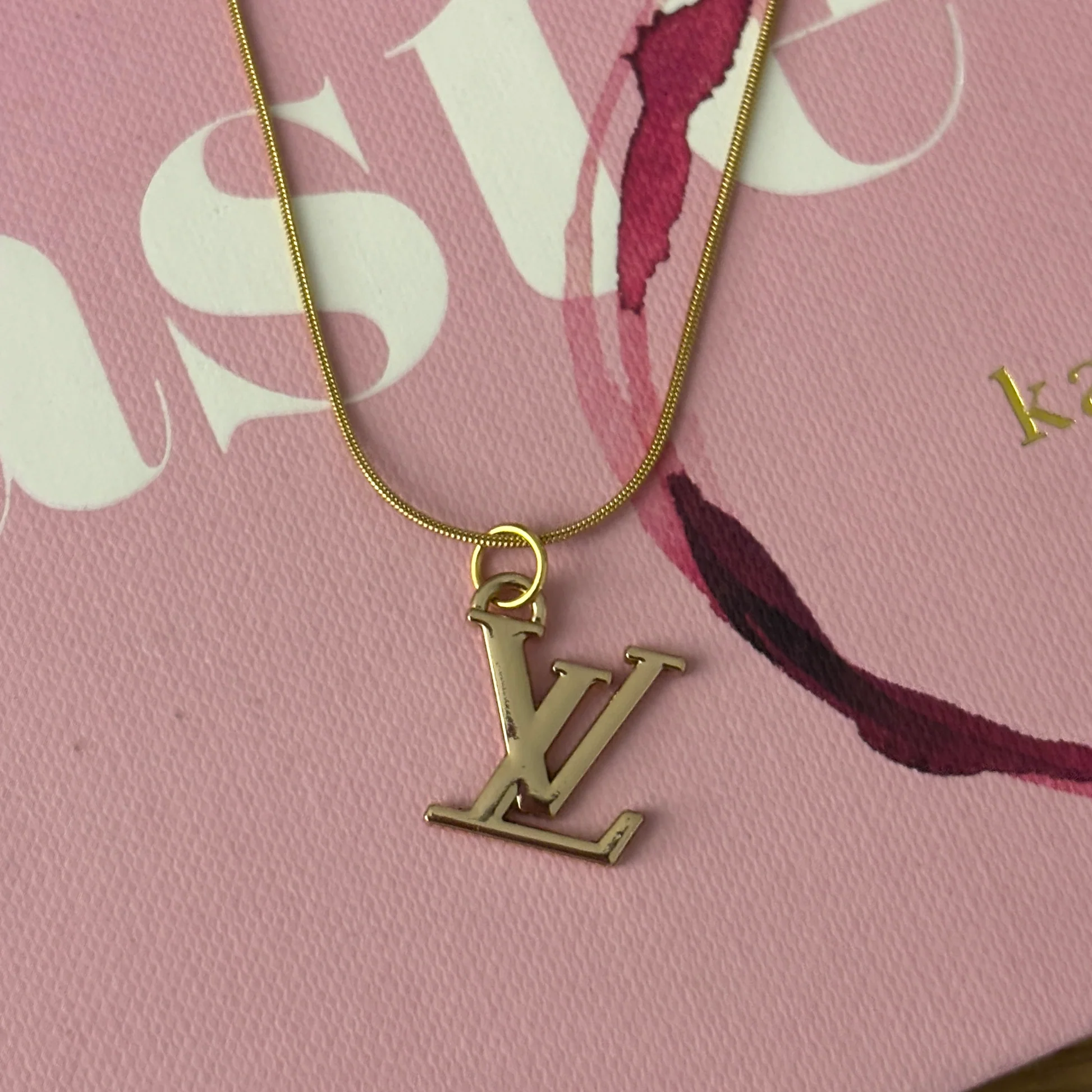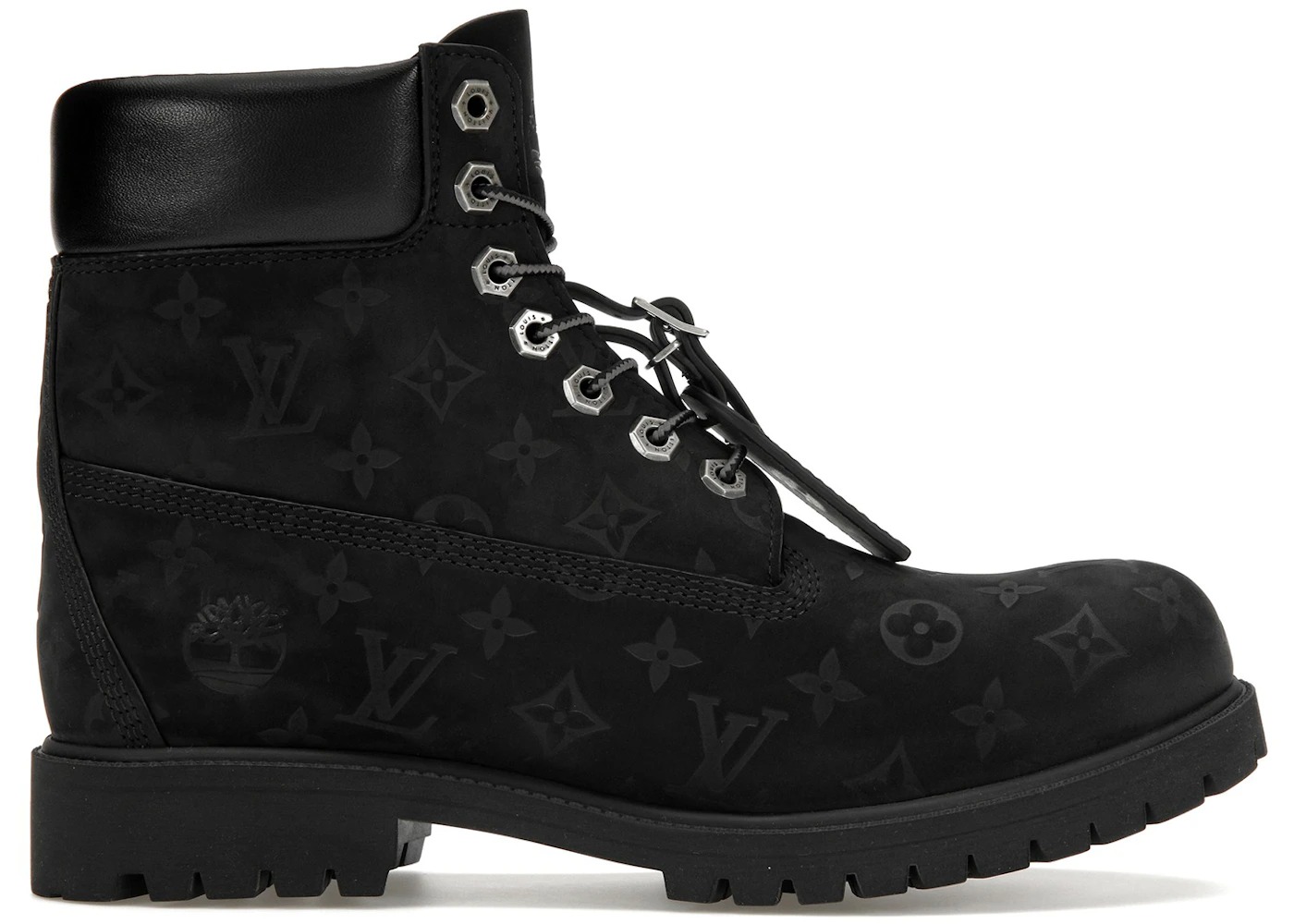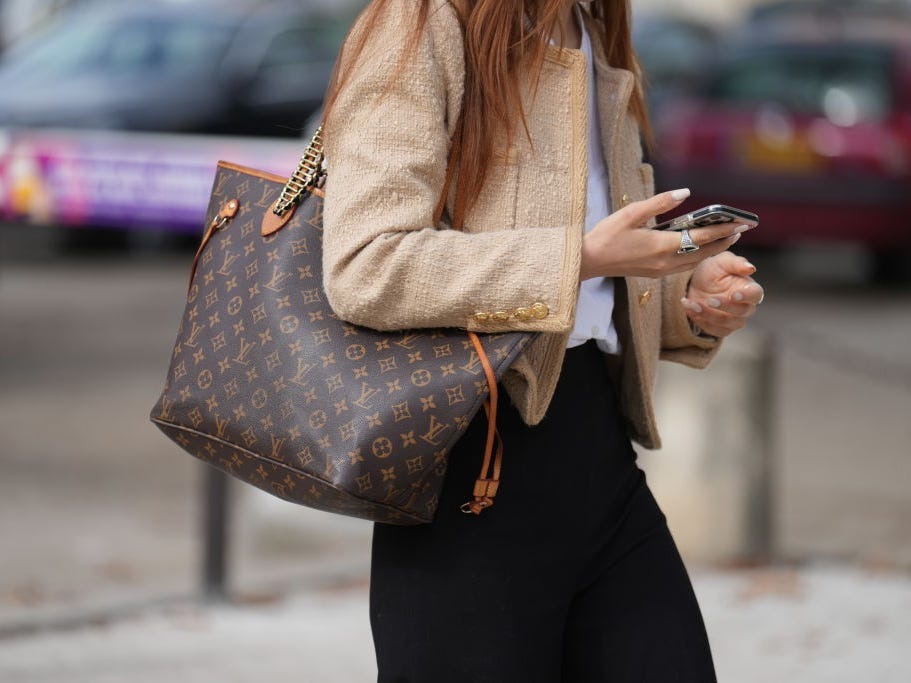Not the Real Louis Vuitton – Louis Vuitton is one of the most iconic fashion houses in the world. Founded in 1854, the brand is known for its luxury trunks, monogram handbags, and commitment to excellence in craftsmanship.
However, with such global popularity comes a significant downside: widespread counterfeiting. From bustling city markets to online listings, fake Louis Vuitton products have flooded the global market, creating a parallel world of imitation that’s often mistaken for the real thing.
This article explores the issue of counterfeit Louis Vuitton items—what they are, how to spot them, the legal and ethical implications, and how to protect yourself from purchasing “not the real Louis Vuitton.”
The Counterfeit Industry: A Global Problem
Counterfeiting is not exclusive to Louis Vuitton, but the brand has become one of the most targeted luxury labels in the world.
According to reports by LVMH (Louis Vuitton Moët Hennessy), over 60% of fake luxury goods seized worldwide are Louis Vuitton knockoffs.
The reason is simple: high demand and high price tags. Many people aspire to own Louis Vuitton items, but not everyone can afford the luxury price.
This gap between desire and accessibility creates a thriving black market for imitations.
Types of Fake Louis Vuitton Products
Fake Louis Vuitton goods come in many forms:
- Superfakes: These are extremely detailed replicas, often sold at a fraction of the original price but made with higher-end materials.
- Cheap knockoffs: Poorly made items using low-grade materials, often with misspelled logos or incorrect stitching.
- “Inspired by” items: Products that mimic the style but do not use the logo, skirting the legal boundaries.
Spotting a Fake: Key Differences
Knowing how to distinguish between a real and fake Louis Vuitton item can save consumers from being deceived.
Here are some telltale signs that you’re looking at “not the real Louis Vuitton.”
- Price That’s Too Good to Be True
Louis Vuitton never goes on sale. If you find a “new” Louis Vuitton bag for $150, it’s almost certainly fake.
Authentic LV products are priced high and retain their value even in the resale market.
- Poor Craftsmanship
Real Louis Vuitton products are known for impeccable stitching, symmetry, and quality materials. Fake items may have:
- Uneven or sloppy stitching
- Misaligned patterns (e.g., the monogram not centered)
- Flimsy zippers or hardware
- Faded or off-color leather
- Wrong Materials
Authentic Louis Vuitton items are made with materials like canvas, Epi leather, and vachetta (untreated leather that darkens over time).
Fakes often use cheap plastic, faux leather, or vinyl.
- Logo Mistakes
Pay close attention to the logo:
- The “O” in Louis Vuitton should be perfectly round.
- There should be no tilting or spacing issues.
- Watch out for misspellings, such as “Luis Vitton.”
- Date Codes and Serial Numbers
Louis Vuitton uses date codes to identify when and where an item was made. However, date codes alone don’t prove authenticity, as counterfeiters often fake these too.
Still, the absence of a date code or one that doesn’t match the known format (e.g., letters for factory location + numbers for the year) is a red flag.
Where Are Counterfeits Found?
Not the Real Louis Vuitton – Counterfeit Louis Vuitton items are widely available both online and offline.
- Street Markets and Tourist Hotspots
In cities like New York, Bangkok, and Istanbul, you’ll find fake Louis Vuitton bags sold on street corners, often displayed discreetly. These are usually cheap and poorly made.
- Online Marketplaces
Websites like eBay, Facebook Marketplace, and even Amazon have been flooded with knockoffs.
Many sellers claim authenticity, and some even provide fake certificates or receipts. It’s important to check seller ratings, reviews, and request detailed photos.
- Social Media Scams
Instagram and TikTok have become breeding grounds for counterfeit sales, where influencers or sellers showcase “designer hauls” at suspiciously low prices.
Legal and Ethical Implications
Buying or selling fake Louis Vuitton products may seem harmless to some, but it comes with serious consequences.
1. Intellectual Property Infringement
Louis Vuitton invests heavily in protecting its designs and trademarks. Counterfeiters violate these rights, which is illegal in most countries.
Possession or purchase of counterfeit goods, even unknowingly, can result in fines or legal action in some jurisdictions.
2. Supporting Criminal Networks
The counterfeit industry is often linked to organized crime, child labor, and exploitative working conditions.
Buying a fake Louis Vuitton product indirectly supports unethical practices and can contribute to human trafficking and drug smuggling operations.
3. Undermining Artists and Designers
Every fake sold undermines the work of designers, artisans, and brands that invest years in building a reputation for quality and creativity.
Counterfeiting diminishes the value of genuine artistry.
How Louis Vuitton Fights Back
Not the Real Louis Vuitton – Louis Vuitton is one of the most aggressive fashion houses when it comes to fighting counterfeit production.
The brand reportedly spends tens of millions of dollars annually on anti-counterfeit efforts. Their strategies include:
- Dedicated legal teams that pursue counterfeiters globally
- Tracking and raids on counterfeit factories
- Technology-based authentication tools, including NFC chips in newer products
- Collaborations with law enforcement agencies to stop smuggling operations
Despite these efforts, the counterfeit market continues to evolve and adapt, especially online.
How to Protect Yourself from Buying Fakes
As a consumer, you can take proactive steps to ensure you’re buying authentic Louis Vuitton items:
- Buy from Official Sources
Purchase directly from Louis Vuitton boutiques or the official LouisVuitton.com website.
If buying secondhand, choose well-known resellers like Fashionphile, The RealReal, or Vestiaire Collective, which authenticate items thoroughly.
- Request Proof of Authenticity
Ask for receipts, certificates of authenticity, and original packaging. Be wary if the seller refuses or gives vague answers.
- Use Authentication Services
There are online services that specialize in authenticating luxury goods.
Many offer expert reviews of photos and will confirm if an item is genuine for a fee.
- Educate Yourself
Learn about Louis Vuitton materials, models, date codes, and design details. The more you know, the harder it will be to fool you.
Conclusion
Not the Real Louis Vuitton – In a world driven by appearance and social media status, the temptation to buy fake Louis Vuitton products can be strong.
But the reality is that counterfeits not only compromise quality and brand reputation—they also fund harmful industries and mislead consumers.
“Not the real Louis Vuitton” is more than just a cheap imitation; it represents a dangerous shadow of the fashion industry.
By making informed purchases, supporting authentic craftsmanship, and saying no to fakes, consumers can help preserve the integrity of luxury fashion and make a powerful statement about their values.


